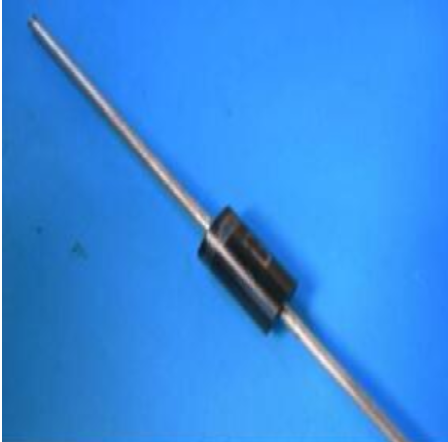Date:2025-07-09 Categories:Product knowledge Hits:314 From:Guangdong Youfeng Microelectronics Co., Ltd
3、 Working principle:
The working principle of the trigger diode is based on the conductivity characteristics of the PN junction. When the control junction is in a forward bias state, the trigger diode is in a conducting state, and current can flow through the device. When the control junction is in a reverse bias state, the trigger diode is in an off state, and current cannot pass through the device.
The trigger diode can change the bias state of the control junction through external voltage or current, thereby achieving control of the device. When the input signal is applied to the control junction, if its polarity causes the control junction to be in a forward bias state, it triggers the diode to conduct; If the input signal causes the control junction to be in a reverse bias state, it triggers the diode to turn off. In this way, by changing the polarity and amplitude of the input signal, control of the trigger diode can be achieved.
4、 Application:
Trigger diodes are widely used in various electronic circuits due to their high sensitivity and fast speed, including:
1. Pulse circuit: Trigger diodes can be used to construct various pulse circuits, such as multi harmonic oscillators, counters, pulse generators, etc.
2. Voltage control circuit: Trigger diodes can be used to construct voltage control circuits, such as voltage regulators, voltage comparators, etc.
3. Logic circuit: Trigger diodes can be used to construct logic gate circuits, such as AND gates, OR gates, NOT gates, etc.
4. Amplification circuit: Trigger diodes can be used to construct amplification circuits, such as amplifiers, switch circuits, etc.
5、 Testing:
In order to ensure the normal operation of diodes, there are several commonly used detection methods, including the following:
1. Voltage test: Use a multimeter or oscilloscope to measure the forward voltage and reverse resistance of a diode.
2. Current testing: Use an ammeter to measure the forward and reverse currents of a diode.
3. Peak Reverse Voltage (PRV) Test: Test the maximum reverse voltage that a diode can withstand.
4. Reverse current test: Test the leakage current of a diode under reverse voltage.

Previous: Classification, Structure, and Principle of MOSFET